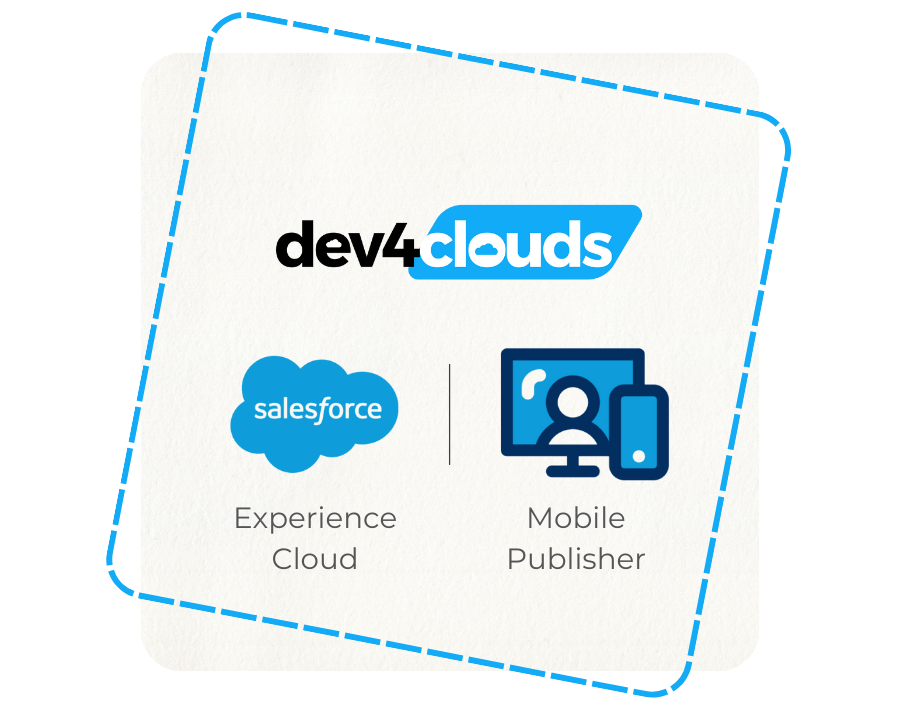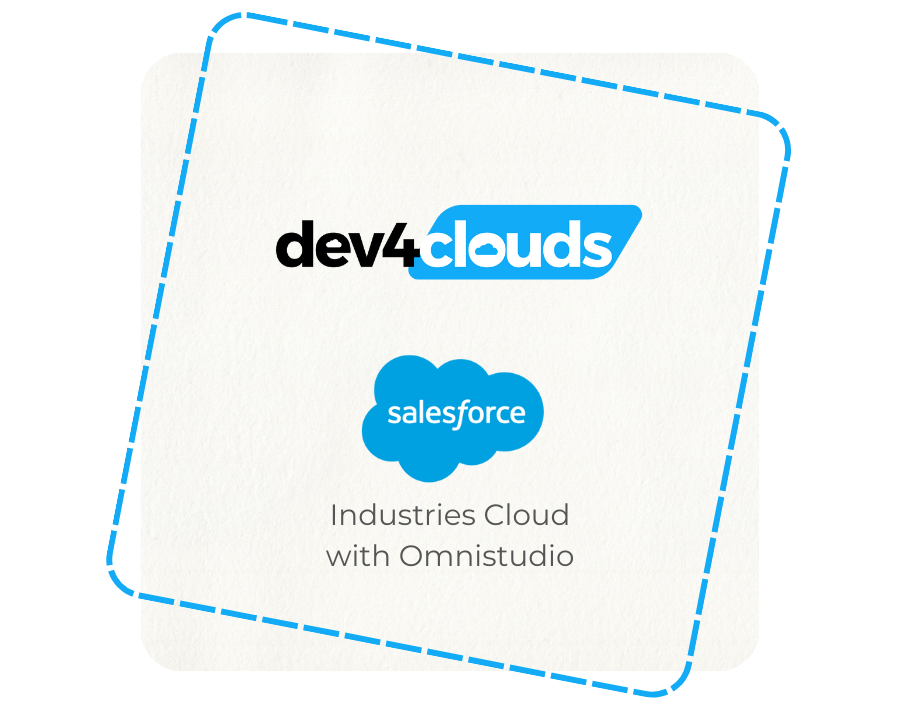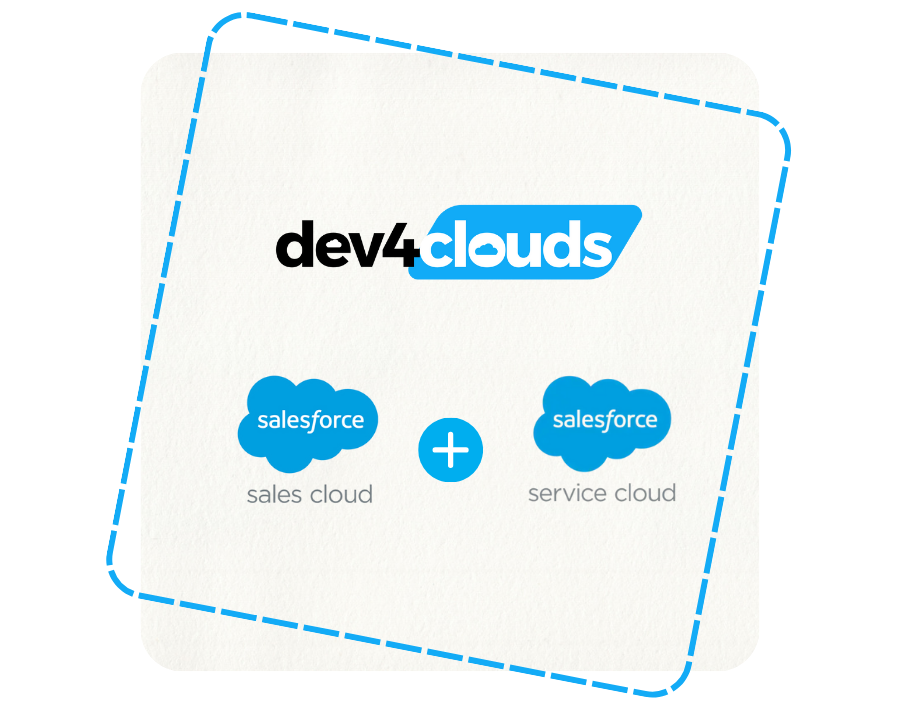The Salesforce ecosystem is massive – and growing. With over 150,000 customers and an ever-evolving product landscape, there’s no shortage of opportunity. But here’s the truth: certifications and badges alone won’t take your career to the next level.
If you’re a Salesforce Architect, or you’re on the path to becoming one, you’re already in rare air. But whether your title says “Architect,” “Admin,” “Consultant,” or anything in between, the habits that set the best apart are the same.
Success isn’t just about knowing the platform—it’s about knowing how to navigate your career with intention, influence, and adaptability.
Here are 10 high-impact career moves to help you stand out, stay relevant, and accelerate your growth in the Salesforce world (and beyond).
1. Think Like a Strategist, Not Just a Specialist
Anyone can configure a Flow or optimize an org. What sets architects apart is the ability to connect technical decisions to business outcomes.
Start asking better questions:
- What business problem are we actually solving?
- How does this impact revenue, cost, or risk?
When you frame your thinking around value—not just features—you move from executor to trusted advisor. That’s how leaders are made.
2. Write More, Talk Less – Then Do Both Better
Your ideas are only as strong as your ability to communicate them.
Writing forces clarity. Practice documenting your solutions so that others can understand them without needing a call. Bonus: great documentation protects your time and boosts team efficiency.
But don’t stop there—your speaking skills matter too. Whether you’re explaining architecture to a dev team or justifying design choices to executives, clear and confident communication is key.
3. Go Beyond Salesforce
Being deep in Salesforce is great—but being deep and wide is better.
Understand how Salesforce integrates with ERP systems, cloud platforms (AWS, GCP, Azure), and data warehouses. Learn the basics of REST APIs, OAuth, middleware platforms, and security frameworks.
Why? Because as an architect, you’re not just solving for today’s CRM needs—you’re designing systems that scale and evolve. That means knowing the bigger picture.
4. Mentor (Even if You’re Not a “Senior”)
Mentoring isn’t just for VPs or CTAs. If you know something that someone else doesn’t, you can mentor.
Start small:
- Review someone’s code.
- Walk a junior admin through a tricky automation.
- Share lessons learned from a failed project.
This builds leadership muscles, boosts your credibility, and helps others grow—all while sharpening your own thinking.
5. Make Stakeholders Your Allies
The best technical solution can die a quiet death if the right people don’t buy in.
Learn how to speak the language of stakeholders. Understand what keeps them up at night. Frame your solutions around how they solve business pain, not just technical problems.
When stakeholders see you as a partner (not a blocker), they’ll fight for your ideas instead of pushing back on them.
6. Invest in Your Personal Brand
You don’t need to be a YouTube star or post daily on LinkedIn. But in a crowded ecosystem, visibility matters.
Build a simple personal brand:
- Keep your LinkedIn profile sharp and keyword-optimized.
- Share what you’re learning through blogs or presentations.
- Speak at user groups or community events.
When people know who you are and what you’re great at, opportunities start coming to you.
7. Stay Technical – But Don’t Hide Behind It
As you move up, your role shifts from doing the work to guiding it.
Don’t cling to technical execution as your only value. Trust your team. Review work, offer guidance, and step in when needed—but spend more time on architecture, design decisions, and aligning with business goals.
The higher you go, the more your technical depth should support your leadership—not replace it.
8. Learn to Say “No” (and Mean It)
Saying “yes” to every request might feel like good service – but it often leads to burnout and bad solutions.
Be protective of your time and your team. If something doesn’t align with strategy or best practices, say “no”— and explain why. Offer better alternatives. Push for clarity before starting work.
This builds trust and positions you as someone who leads with intent.
9. Build Repeatable Frameworks
Don’t just solve problems — solve them in a way that others can repeat.
Whether it’s naming conventions, reusable components, or integration templates, frameworks turn chaos into order. They scale your impact and reduce rework. They also signal that you’re thinking about the big picture, not just putting out fires.
Be the person who leaves things better than they found them.
10. Audit Your Career Quarterly
Treat your career like a product. You wouldn’t run a Salesforce org without regular check-ins, would you?
Every quarter, ask yourself:
- Am I learning something new?
- Am I still excited about my work?
- Am I visible to the people who can open doors?
- Am I building skills that will be valuable 2–5 years from now?
If the answer is “no” more than once, it’s time to adjust.
Final Thoughts
Salesforce careers move fast. If you don’t steer, you drift.
Whether you’re an architect now or aiming to become one, these tips aren’t just theory—they’re career multipliers. The people who get ahead in this ecosystem aren’t always the smartest or most certified. They’re the ones who think strategically, communicate clearly, build trust, and keep evolving.
You don’t need to overhaul everything at once. Start with one or two of these power moves. Build the habit. Track the impact.
Over time, those small shifts add up to serious momentum.
✅ Career Power Moves Checklist
Here’s your takeaway – review this list regularly and check in with yourself every quarter:
Have I reviewed my career goals this quarter? ✅ or ❌
Do I connect my work to real business outcomes? ✅ or ❌
Am I communicating clearly – in writing and verbally? ✅ or ❌
Am I learning beyond Salesforce? ✅ or ❌
Am I mentoring or sharing knowledge? ✅ or ❌
Do I have strong stakeholder relationships? ✅ or ❌
Is my personal brand active and visible? ✅ or ❌
Am I delegating and focusing on higher-level problems? ✅ or ❌
Do I say “no” when needed? ✅ or ❌
Am I leaving behind reusable frameworks? ✅ or ❌









